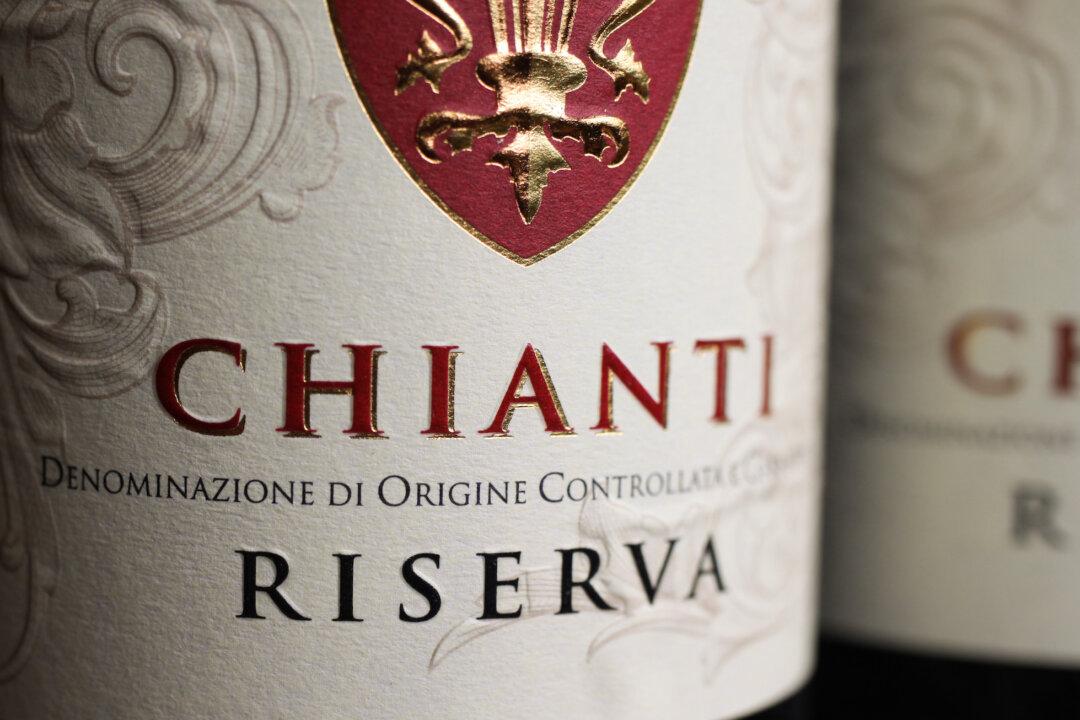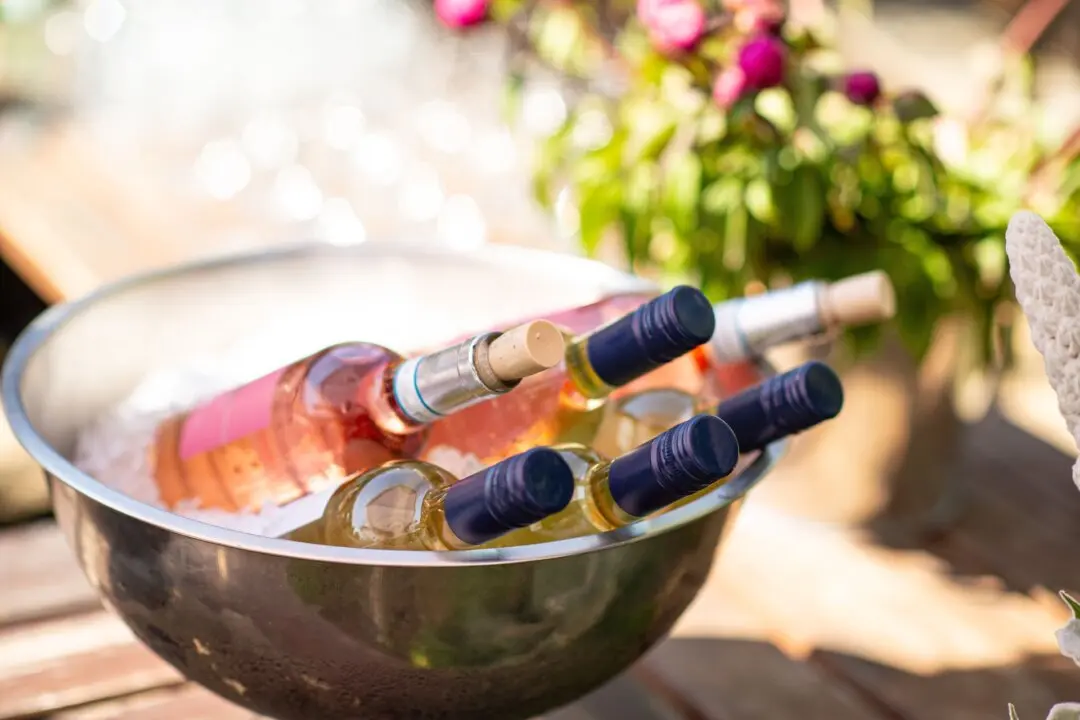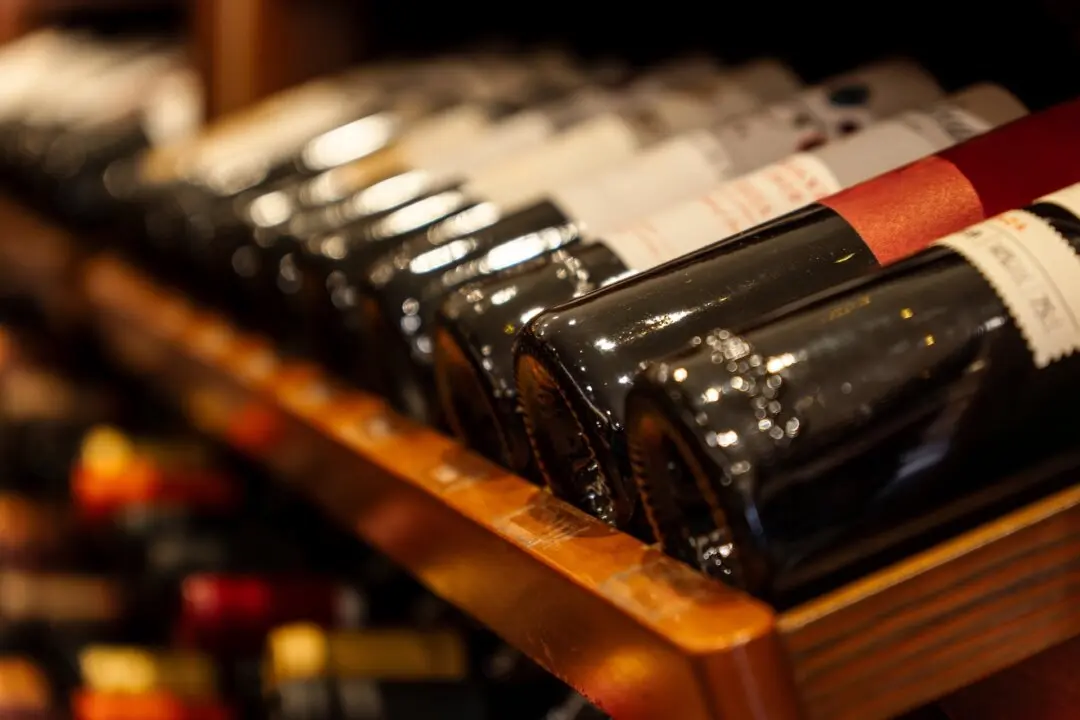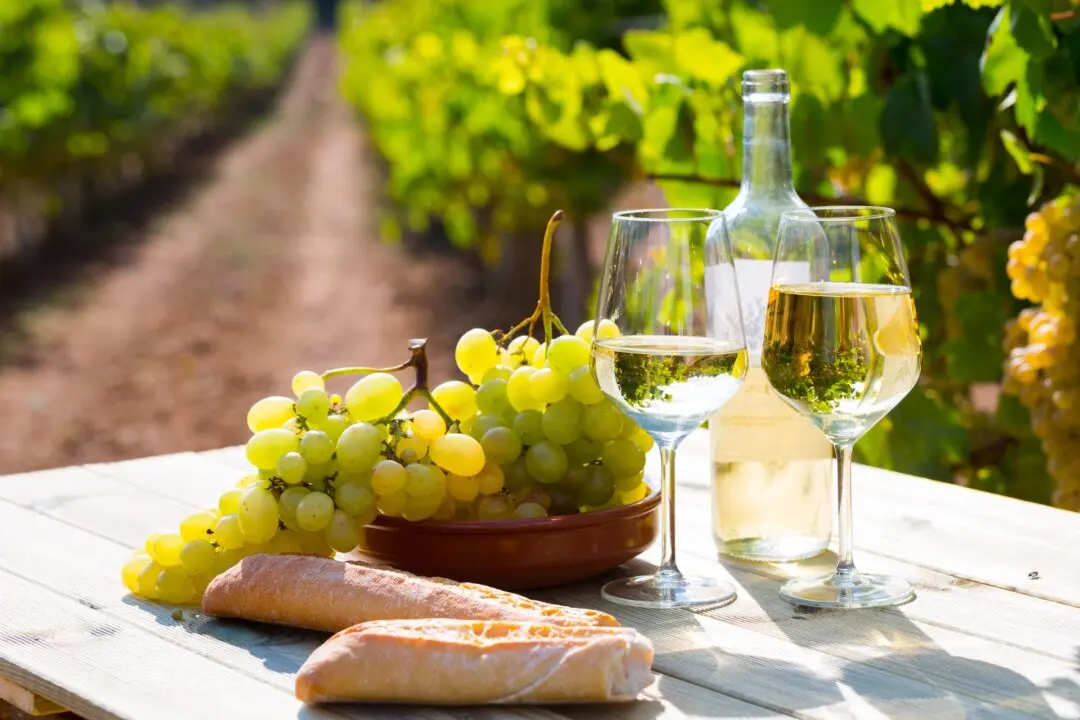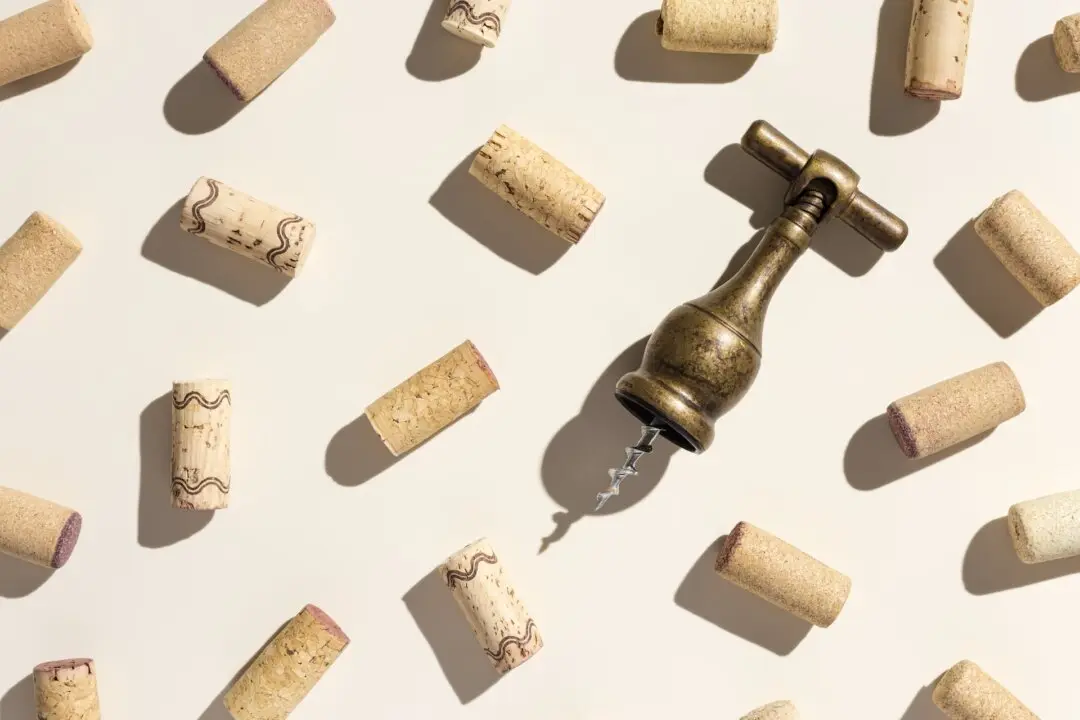I love Chianti, Italy’s most famous red wine. This crisp red has had to negotiate a maze of legal and stylistic problems in the past 50 years yet despite it all has retained a countrified persona that’s best with tart foods.
Chianti can be a bit rustic. It also can be high in acidity and thus works beautifully with tomato-based foods, and it benefits from aeration. So in some ways, it’s predictable. But its image can confound Italian wine newcomers.

